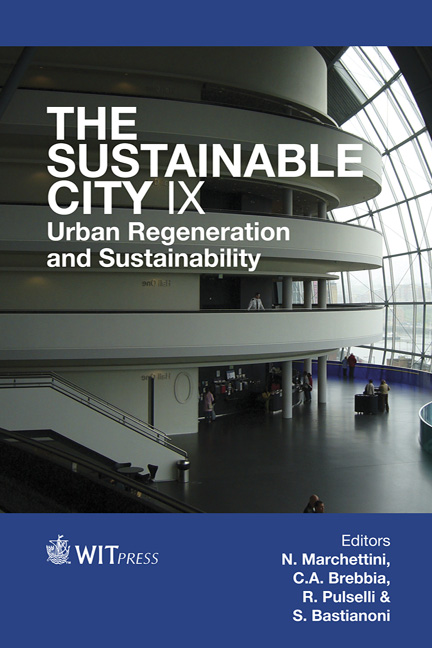Designing More Sustainable Cities By Integrating Infrastructure Systems
Price
Free (open access)
Transaction
Volume
191
Pages
8
Page Range
501 - 508
Published
2014
Size
832 kb
Paper DOI
10.2495/SC140421
Copyright
WIT Press
Author(s)
S. P. French
Abstract
Modern cities are supported by advanced infrastructure systems that supply them with energy and materials and dispose of their wastes. For centuries separate systems have been designed to provide the water supply, wastewater treatment, energy, stormwater management, solid waste disposal and transportation services needed by urban residents. As the majority of the world’s population now lives in urban areas, most of the human impact on the natural environment is mediated through urban infrastructure systems. As the science and technology of infrastructure systems has advanced, they have become more and more isolated from each other. The performance of each system has been optimized independently but little attention has been given to the complex interactions among these infrastructure systems. There is mounting evidence that more sustainable cities can be designed by using a more holistic approach to infrastructure system design. This paper will provide an overview of this more holistic approach to infrastructure design. Specific examples of how more sustainable solutions can be achieved will be discussed to illustrate how understanding the interactions and synergies among urban infrastructure systems is key to creating more sustainable forms of urban growth. The paper will close with a discussion of ongoing research on developing an integrated understanding of infrastructure systems to support the planning and design of more sustainable cities.
Keywords
sustainable, infrastructure, urban metabolism, urbanization, urban systems, environmental impacts





